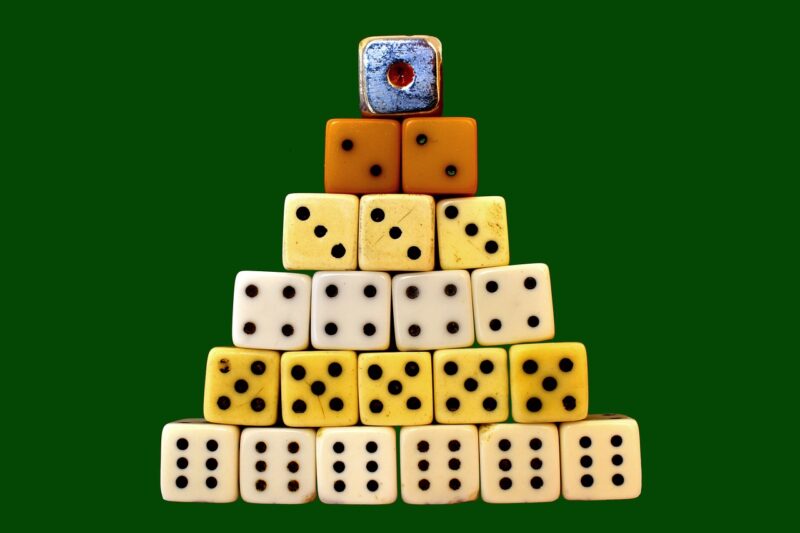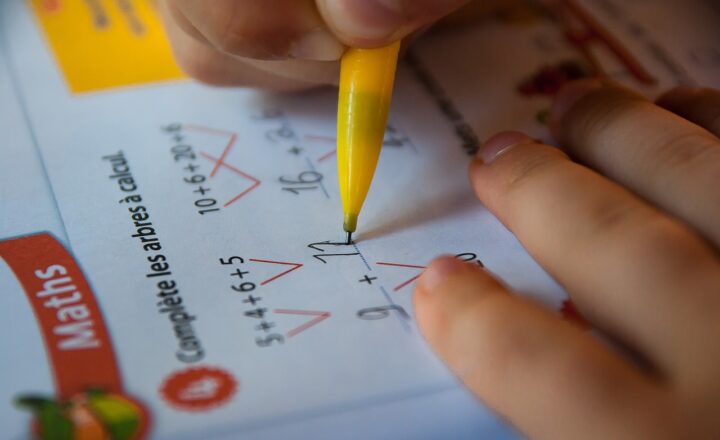The Role of Probability in Our Daily Lives: Why Everything Is a Game of Chances
November 12, 2024

Probability, oftentimes described as the measure of the likelihood that an event will occur, plays a crucial role in our everyday lives. From making decisions to assessing risks, the principles of probability guide us through a world filled with uncertainty. In this article, we will delve into the fundamental concepts of probability, its applications, and how an understanding of this science can positively impact our decisions.
1. Understanding Probability Basics
Probability is a branch of mathematics that deals with calculating the likelihood of events. The probability of an event A is given by the formula:
$$P(A) = frac{text{Number of favorable outcomes}}{text{Total number of possible outcomes}}$$
For example, when rolling a fair six-sided die, the probability of rolling a three is:
$$P(3) = frac{1}{6}$$
Understanding this basic principle is vital, as it applies to virtually every decision we make—from choosing a route on our commute to selecting a meal at a restaurant.
2. Probability and Daily Decision-Making
Every day, we face choices where the probability of outcomes influences our decision-making. Here are a few common scenarios:
- Weather Predictions: Before heading out, we often check the weather forecast. A 70% chance of rain means we know there is a strong likelihood it will rain, prompting us to carry an umbrella or adjust our plans.
- Health Choices: When considering medical treatments, patients assess the probability of success versus risk, making informed decisions based on scientific data.
- Financial Investments: Investors frequently evaluate market trends using statistical analysis, weighing the probability of different outcomes to optimize their portfolios.
Each of these scenarios showcases how probability helps us predict outcomes and make informed choices.
3. The Role of Probability in Risk Management
Risk management is another area where probability plays a significant role. Businesses and individuals alike use probability to assess risks and mitigate potential hazards:
- Insurance: Insurance companies analyze data to calculate the probability of claims being made. This helps them determine premiums and policies that are financially sound.
- Emergency Preparedness: Governments rely on probability assessments to plan for disasters, from natural calamities to pandemics, allocating resources where they are needed the most.
- Quality Control: In manufacturing, probability is used to predict defects in products and ensure high-quality standards through sampling techniques.
By incorporating probability into their planning processes, both individuals and organizations can navigate risks more effectively.
4. Everyday Examples of Probability
In addition to the above areas, probability appears in numerous day-to-day activities. Here, we will explore some common examples:
- Games of Chance: Whether playing poker, rolling dice, or spinning a roulette wheel, games of chance are built upon the foundational principles of probability.
- The Lottery: Participating in lotteries is a game of probability. While some dream of winning big, understanding the odds reveals the low likelihood of success.
- Sports Betting: Betting markets analyze statistics and team history to set odds, allowing bettors to make informed choices based on probable outcomes.
These examples highlight the pervasive influence of probability in many recreational activities.
5. Misunderstanding Probability
Despite its importance, probability is often misunderstood or misrepresented:
- The Gambler’s Fallacy: This common misconception leads individuals to believe that past events influence future outcomes, such as thinking that a roulette wheel is “due” for red after several blacks in a row.
- Overconfidence in Predictions: Humans often overestimate their ability to predict outcomes, leading to poor decisions when the probabilities are miscalculated.
Understanding these misconceptions is key to better decision-making and avoiding pitfalls that arise from incorrect assumptions.
6. The Future of Probability in Our Lives
As technology continues to evolve, our use of probability in decision-making is set to grow:
- Data Science: The field of data science relies heavily on statistical models and probability to extract insights from data, shaping futures for businesses across sectors.
- Artificial Intelligence: AI algorithms incorporate probability to make decisions, predicting outcomes based on massive datasets to enhance efficiency.
In our increasingly complex world, the role of probability will become even more significant, aiding us in navigating challenges and opportunities effectively.
Conclusion
Probability underpins many aspects of our daily lives, influencing our decisions, the risks we take, and how we prepare for the future. By gaining a solid understanding of probability, we empower ourselves to make smarter choices, manage risks effectively, and better navigate an uncertain world. The next time you’re faced with a decision, remember that you’re not just guessing—you’re playing a game of chances.








